Understanding the Different Types of Spurs in Horseback Riding
Share
Understanding the Different Types of Spurs in Horseback Riding
Horseback riding is an art that combines skill, patience, and the right equipment. Among the many tools used to communicate with and guide your horse, spurs are one of the most significant. While they can be a useful aid, they must be used correctly and with care. Here’s a guide to the different types of spurs and their uses, ensuring you choose the right one for your riding needs.
1. Classic Spurs
Description:Classic spurs are the most common type, featuring a simple, rounded end. They are typically made of metal and have a straightforward design.
Uses:These spurs are versatile and suitable for various disciplines, from dressage to general riding. The rounded end provides a gentle cue, making them ideal for riders who want a subtle, yet effective way to communicate with their horse.
Pros:
- Versatile and suitable for different riding styles
- Gentle enough for everyday use
- Often less intimidating for horses
Cons:
- May not provide enough stimulation for horses that require more distinct cues
2. Rowel Spurs
Description:Rowel spurs feature a small, rotating wheel (rowel) with multiple points. This design allows for a more precise and adjustable cue to the horse.
Uses:Rowel spurs are commonly used in disciplines such as reining or cutting, where precise control and more defined cues are necessary. The rotating rowel allows for a more nuanced application of pressure.
Pros:
- Offers a more distinct cue with the rotating rowel
- Useful for precise movements and advanced riding techniques
Cons:
- Can be harsher if not used correctly
- Requires careful handling to avoid discomfort or injury
3. Ball Spurs
Description:Ball spurs have a small, smooth ball at the end rather than a rowel or sharp point. The ball is typically covered with a soft material to reduce any potential discomfort.
Uses:Ball spurs are often used in disciplines that require a gentle touch, such as dressage or pleasure riding. The ball provides a softer cue, making it suitable for horses that are sensitive or for novice riders.
Pros:
- Gentle and less likely to cause discomfort
- Ideal for sensitive horses or beginners
Cons:
- May not provide enough stimulation for horses that need a more pronounced cue
4. Prick Spurs
Description:Prick spurs feature a pointed end, which can be quite sharp. They are designed for more direct and pronounced communication with the horse.
Uses:Prick spurs are generally used in more advanced disciplines where a clear and immediate response is needed. They are often favored by experienced riders who can use them with precision.
Pros:
- Provides a strong and direct cue
- Useful for experienced riders needing clear communication
Cons:
- Can cause discomfort or injury if used improperly
- Not suitable for sensitive horses or novice riders
5. Dummy Spurs
Description:Dummy spurs are spurs without any rowel or sharp points. They often resemble regular spurs but are designed to be used as a training aid rather than for actual use.
Uses:These spurs are used primarily for training purposes to help riders understand the feel of spurs without causing any discomfort to the horse. They are also useful for riders who are transitioning to using spurs or for horses that are new to spur cues.
Pros:
- Safe for training and introductory purposes
- Helps riders learn proper spur use without discomfort to the horse
Cons:
- Not intended for actual riding or advanced disciplines
Choosing the Right Spur
Selecting the right spur depends on your riding discipline, the horse’s sensitivity, and your level of experience. Always remember that spurs should be used as an aid to enhance communication, not as a tool for punishment. Proper use involves ensuring the horse is comfortable and responsive to the cues, and any discomfort should be addressed immediately.
In summary, the world of spurs offers a range of options from classic to more specialized designs. Understanding their functions and uses will help you choose the best type for your needs, ensuring a harmonious and effective partnership with your horse



